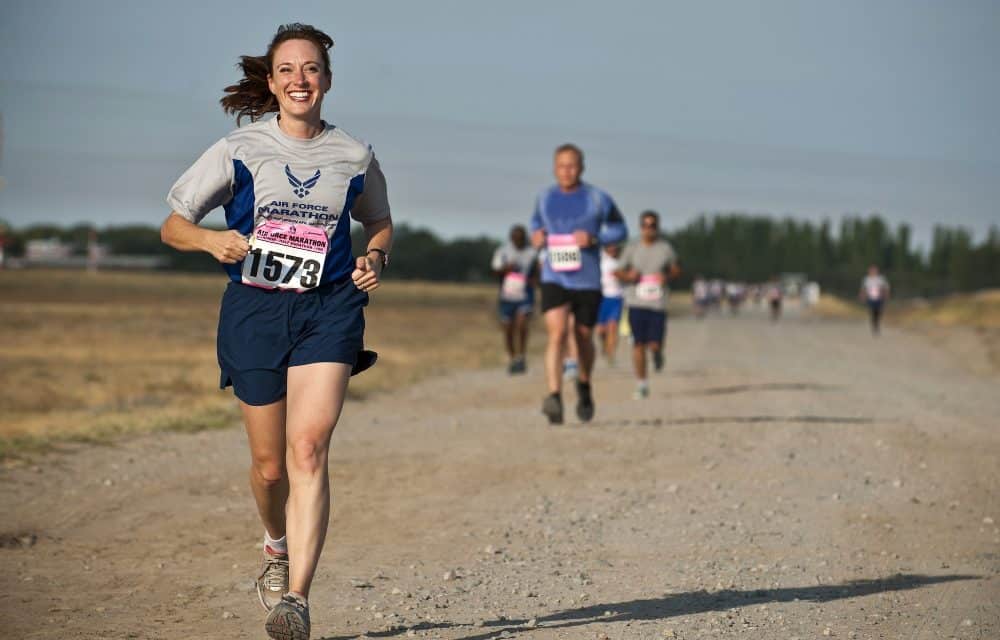Can I Burn More Calories Without Exercising?
Some people in Louisville, KY, would prefer not to exercise or don’t for other reasons. They often look for ways to burn more calories without exercising. You may wonder if that’s possible and the answer is a resounding yes. It doesn’t take a miracle drug or some complicated equipment. Most people can make the changes immediately. Is it as good as adding an exercise program to your schedule? The answer is a resounding, “No.” Exercise does more for you than burn calories. It helps boost your overall health and builds endurance, flexibility, and strength.
You’ll burn calories even while you sleep.
Your body constantly works and requires energy even when you sit still. The number of calories you require is called your basal metabolic rate. It accounts for calories necessary for regulating your body temperature, breathing, keeping your heart beating, and all other functions. Just thinking uses 20% of the calories you burn. If you sit up you burn more calories than if you lay down. Moving about burns additional calories even though you might not be exercising.
Boost the calories you burn by moving more.
If you sit at a desk, roll your shoulders, move your legs, tap your toes, or raise your arms. These are non-exercise movements that can burn extra calories. If you remember back in school the kid who used to fidget and wiggle was often thinner than the others in class. Some people believe that fidgeting is a self-regulating activity to burn extra calories from overeating. It increases the number of calories you burn 24/7.
Change your habits to increase activity.
If you park further from the store and walk or take the stairs instead of the elevator, you’ll burn more calories without exercise. If you work at a desk, get up and move. Studies show that you should get up and move for five minutes every hour to maximize the benefits of an exercise program and stay fitter. Stand up and pace about when you’re on the phone. Do a walking meeting or walk to lunch and talk there.
- Studies show that people who walk faster live longer. It’s also a way to burn extra calories. Maybe there’s a link between those two. Increasing the calories you burn and losing weight can extend your life.
- You don’t have to start a complete exercise program to get benefits from doing a few exercises throughout the day. If you’re watching TV, do a plank. Get out of your seat and do a few squats or Dr Zachary Bush’s four-minute nitric oxide dump.
- Give in to your urge to move to the music. How often have you listened to your favorite fast song and wanted to move your body to the music? Go ahead and do it. You’ll burn more calories.
- Get up and do a chore. Get up and do five-minute chores once an hour. Fold laundry or take out the trash before it’s overflowing. Create a plan to clean out your closet using a few minutes each day.
For more information, contact us today at Body Sculptors Personal Training









